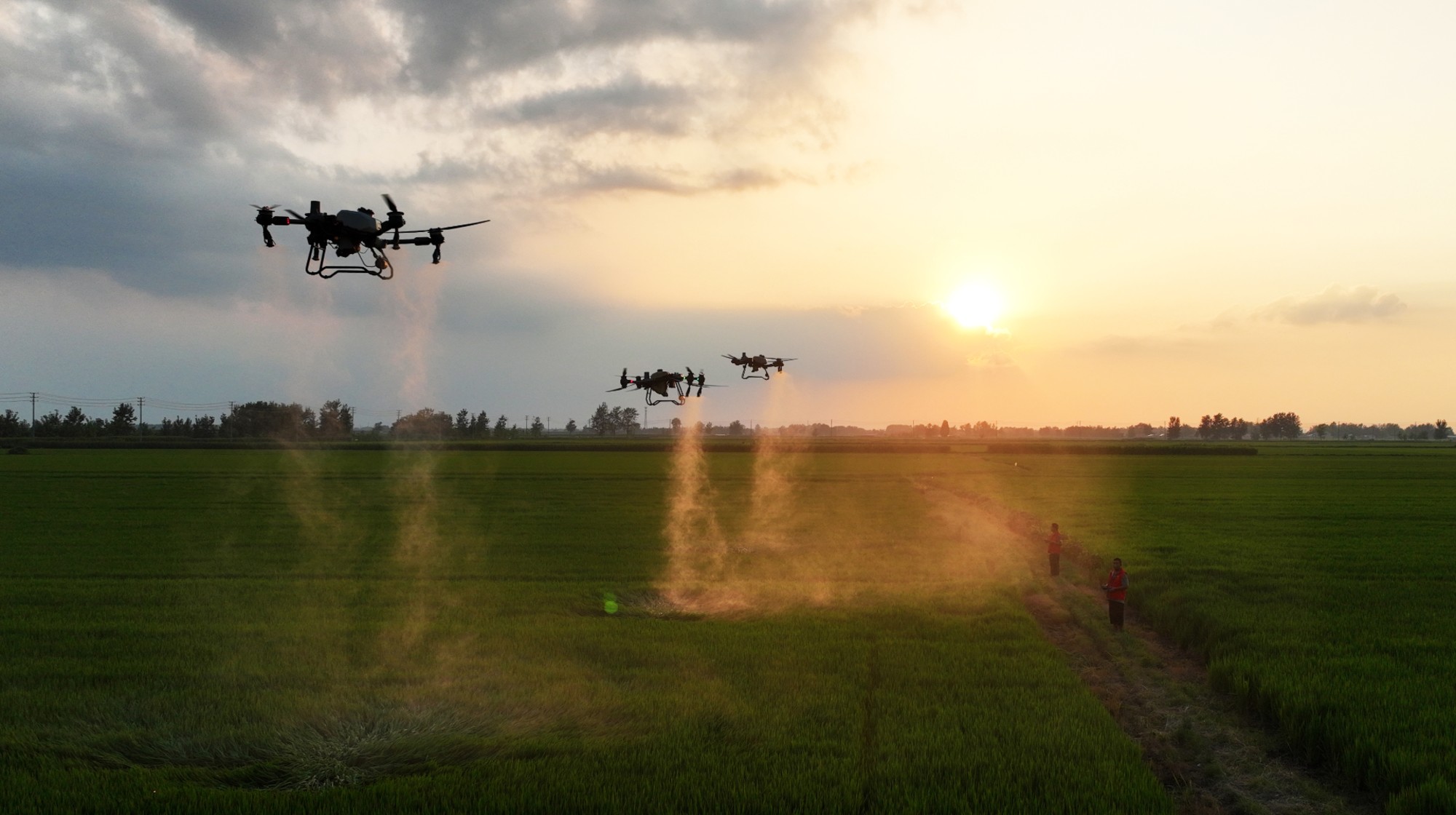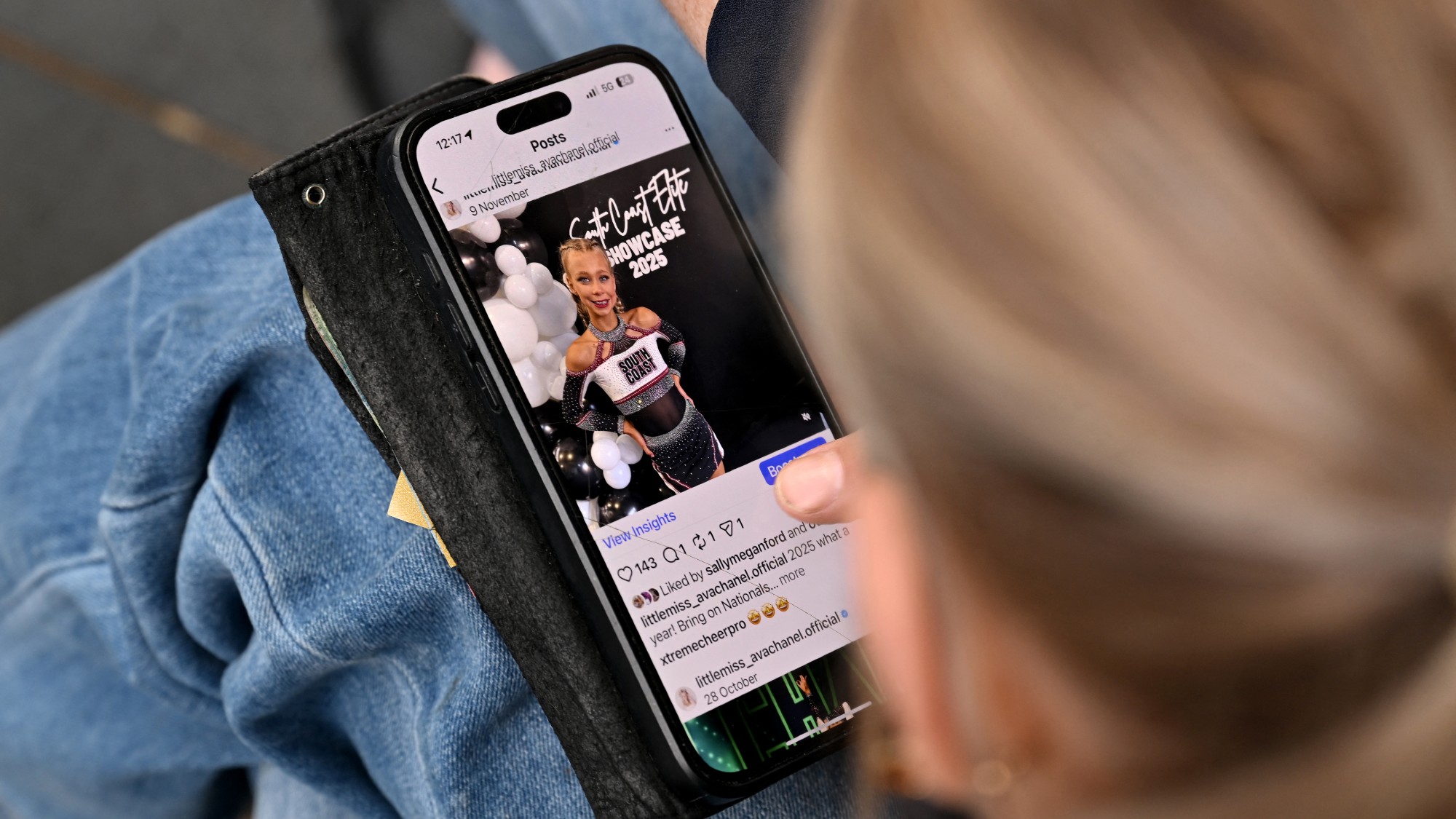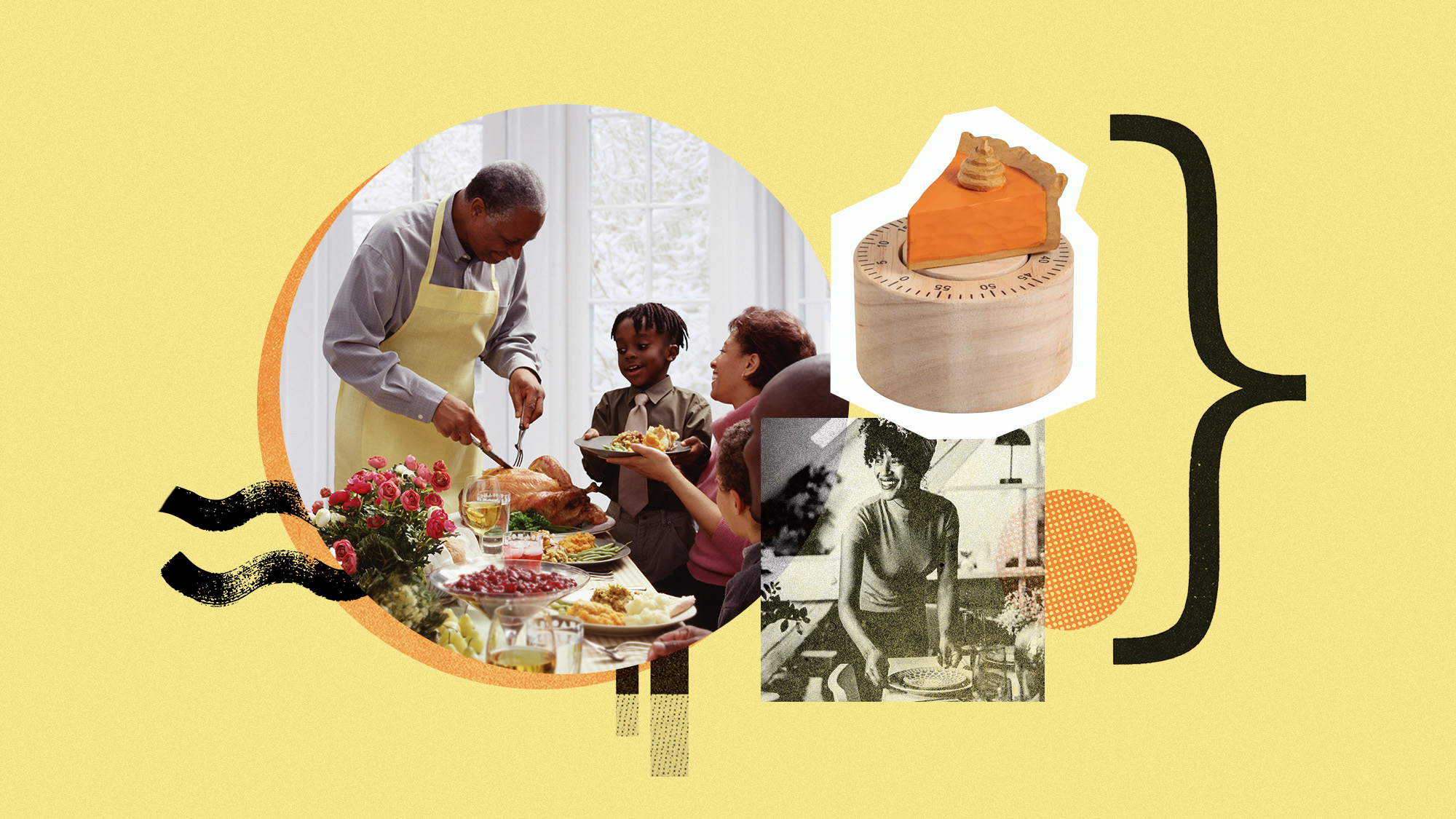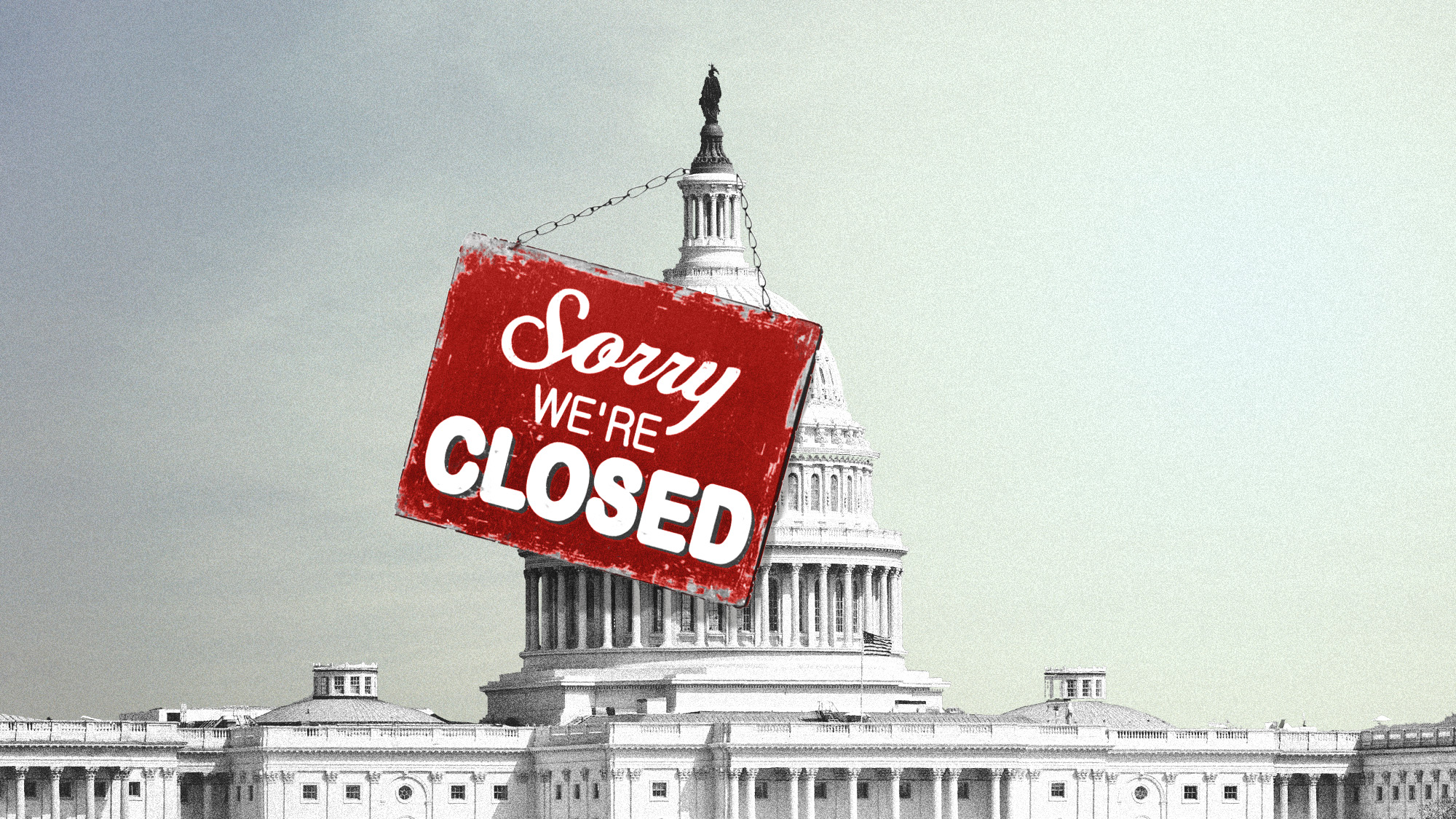Gen Z is embracing underconsumption
Less is more


Gen Z TikTokers are touting "underconsumption core," aiming to make fewer purchases and hold onto older items for longer. This push towards saving money is likely a reflection of the youth's current economic struggles, and their apparent interest in the environment is driving sustainability efforts. However, overconsumption and underconsumption are often at odds on social media, with the drive to save battling the drive to buy the hottest new thing.
Save money, live better
These efforts to dissuade people from making unnecessary purchases are in direct opposition to previous trends. "TikTok has turned almost everything into an opportunity for consumerism," said beauty journalist Laura Capon to Business of Fashion. "Even going for a walk is a shopping experience," she added, "referring to videos that show creators buying specific snacks, water bottles and accessories just to take a stroll." From Stanley cups to skincare must-haves, influencers are always pushing the next best thing. On social media, trends in fashion, beauty and lifestyle are in constant flux, which puts pressure on people to make purchases and keep up.
But overconsumption has its limits and Gen Z is beginning to see that. "They're feeling the high cost of living," Holly O'Neill, the president of retail banking at Bank of America, said to Fortune. "They know they need to set a budget, and they know they need to find ways to cut back." As a result, the new movement encouraging underconsumption has begun making its rounds. "At the heart of the underconsumption trend is the principle of mindful consumption. This involves being deliberate about what and when to buy, focusing on the necessity, quality and sustainability of each purchase," said Sustainably Influenced. "Underconsumption is not about looking shabby or sacrificing personal style; it's about prioritizing practicality and utility over mere appearance."
The Week
Escape your echo chamber. Get the facts behind the news, plus analysis from multiple perspectives.

Sign up for The Week's Free Newsletters
From our morning news briefing to a weekly Good News Newsletter, get the best of The Week delivered directly to your inbox.
From our morning news briefing to a weekly Good News Newsletter, get the best of The Week delivered directly to your inbox.
With the times
Saving money is not exactly a new trend among the youth. Just last year, there was "deinfluencing," when social media creators encouraged followers not to buy the latest trending item. Underconsumption just takes it a step further, putting an emphasis on keeping items for a longer period of time and obtaining higher quality items in the first place. "You don't want to waste the thing that you've already invested in or purchased; you want to optimize that," O'Neill said. "That both has a budget and a sustainability impact. I mean, we all know the satisfaction of using everything that you purchase and not wasting it. Gen Z is very attuned to that."
This trend also stems from collective exhaustion over aspects of consumption culture like fast fashion, which typically produces a lot of cheap clothes that don't last long. "Pushing back against unseemly excess is a sort of course-correction for consumers who feel jaded by influencers' ongoing promotion of products and displays of their own wealth," said Business of Fashion. In addition, because of the high cost of living, "millennial debt is higher than ever" so "it's unsurprising that some are seeking to reclaim a simpler life."
While underconsumption is currently trending, it will probably not "radically change spending trends," O'Neill said. Influencers will continue promoting products and cleverly targeted ads will entice us to buy things we don't need. "These online trends exist because of a generation's broader ideas about the economy, but they likely don't sway them," O'Neill added.
A free daily email with the biggest news stories of the day – and the best features from TheWeek.com
Devika Rao has worked as a staff writer at The Week since 2022, covering science, the environment, climate and business. She previously worked as a policy associate for a nonprofit organization advocating for environmental action from a business perspective.
-
 Homes by renowned architects
Homes by renowned architectsFeature Featuring a Leonard Willeke Tudor Revival in Detroit and modern John Storyk design in Woodstock
-
 Looming drone ban has farmers and farm-state Republicans anxious
Looming drone ban has farmers and farm-state Republicans anxiousIN THE SPOTLIGHT As congressional China-hawks work to limit commercial drone sales from Beijing, a growing number of conservative lawmakers are sounding an agricultural alarm
-
 Mind-expanding podcasts you may have missed this fall
Mind-expanding podcasts you may have missed this fallThe Week Recommends True crime, a book club and a therapeutic outlet led this season’s best podcasts
-
 Australia’s teens brace for social media ban
Australia’s teens brace for social media banIn The Spotlight Under-16s will be banned from having accounts on major platforms
-
 May your loved ones eat, drink and be merry with these 9 edible Christmas gifts
May your loved ones eat, drink and be merry with these 9 edible Christmas giftsThe Week Recommends Let them eat babka (and cheese and licorice)
-
 The most downloaded country song in the US is AI-generated
The most downloaded country song in the US is AI-generatedUnder the radar Both the song and artist appear to be entirely the creation of artificial intelligence
-
 7 gifts that will have your Thanksgiving host blushing with gratitude
7 gifts that will have your Thanksgiving host blushing with gratitudeThe Week Recommends Brighten their holiday with a thoughtful present
-
 Rosalía and the rise of nunmania
Rosalía and the rise of nunmaniaUnder The Radar It may just be a ‘seasonal spike’ but Spain is ‘enthralled’ with all things nun
-
 10 great advent calendars for everyone (including the dog)
10 great advent calendars for everyone (including the dog)The Week Recommends Countdown with cocktails, jams and Legos
-
 DC tourism has taken a hit
DC tourism has taken a hitUnder the Radar The government shutdown has reduced tourist attractions
-
 Are boomers the real phone addicts?
Are boomers the real phone addicts?In The Spotlight There’s an ‘explosion in screentime’ among older people – and they’re more vulnerable to misinformation
